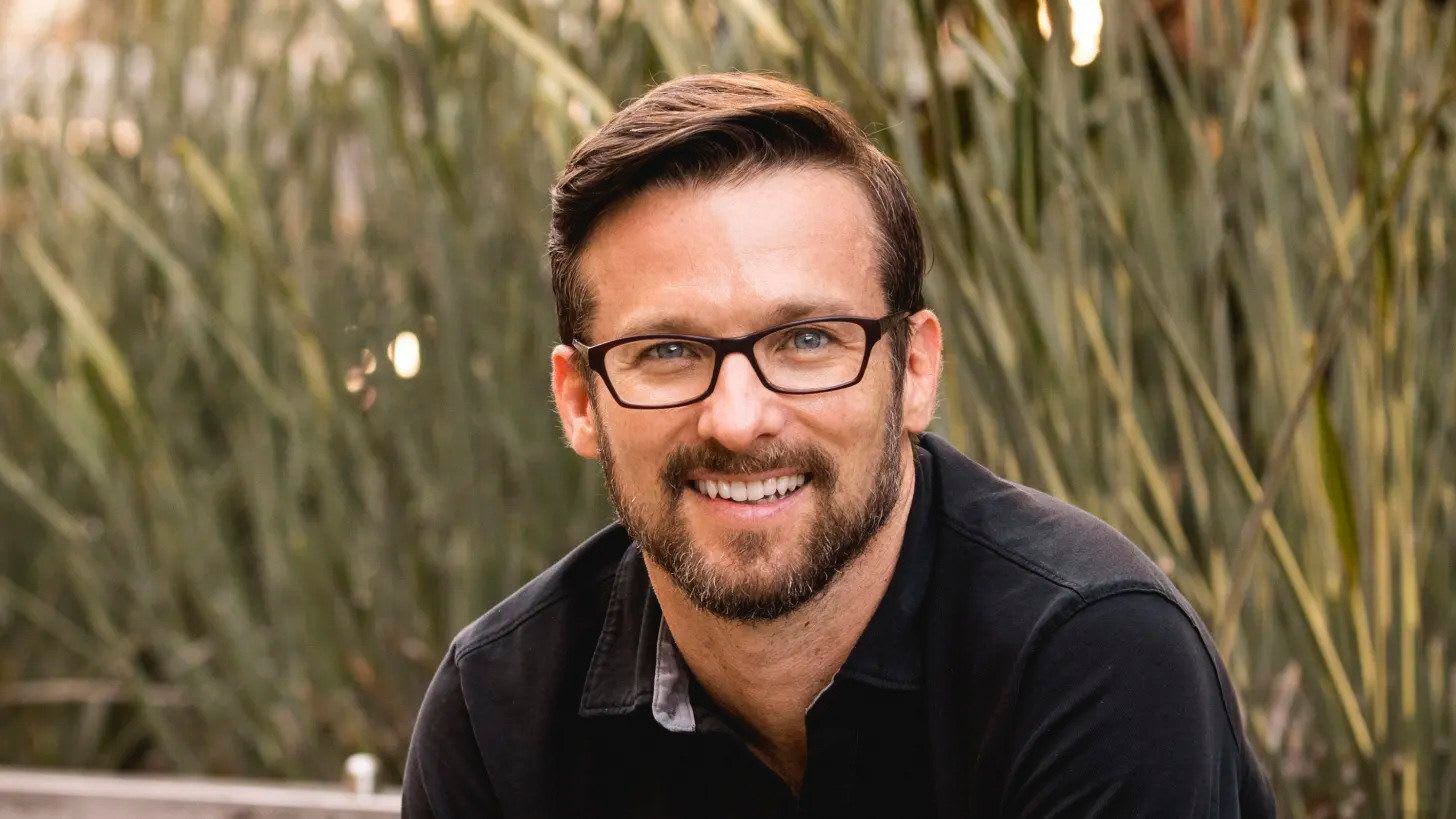Invest
The budget that forgot women is a missed economic opportunity
The federal budget was a chance to attack two pandemics simultaneously: COVID-19 and women’s safety and security. Addressing the latter has huge economic (and social) benefits that would significantly boost a COVID-battered economy.
The budget that forgot women is a missed economic opportunity
The federal budget was a chance to attack two pandemics simultaneously: COVID-19 and women’s safety and security. Addressing the latter has huge economic (and social) benefits that would significantly boost a COVID-battered economy.

With interest rates at record lows, the government opted to borrow big and try to spend our way out of recession.
What better time, then, to address women’s long-term security and tackle domestic violence, gender gaps in pay and superannuation, expensive childcare, poverty and ageism.
Sadly, the budget failed to deliver on this. Indeed, the media decried that women were overlooked in favour of youth and male-dominated industries. Out of $257 billion in direct economic stimulus, the budget allocated just $231 million to “women’s economic security”.
Support women, support the economy

Tackling the systemic issues affecting women isn’t just a social nicety, it has real implications for our economy.
Empowering more women into secure employment and housing means:
- greater financial independence (and less reliance on toxic relationships to survive financially)
- reduced dependence on welfare
- more discretionary spending, especially at local businesses
- higher tax receipts for government
Then there’s domestic violence. So far in 2020, 68 Australians lives have been lost – 40 of whom were women (and 10 children). This doesn’t include everyday injuries and mental health issues. For government, it also costs big bucks: police investigations, courts, jails, healthcare for survivors etc.
Consider how the following measures would not only alleviate the suffering of Aussie women but benefit employers, welfare expenditure and the economy as a whole:
- Back-to-work grants
Cash grants would enable women to buy new workwear, pay for transport to attend interviews, have children minded and cover expenses until the first pay packet arrives.
- Grants for older women
Women over 50 who are made redundant typically struggle to find new employment. They rack up debt to survive until they can access their superannuation, which then goes on repaying that debt. Nothing left for retirement.
Alternatively, earlier entitlement to age pension could cover this gap.
- Free childcare
Exorbitant childcare costs make returning to work unfeasible for many parents (usually women). It effectively locks them out of the workforce and sets them back on career progression (and earnings) if/when they do return to work.
- Social housing
The $25,000 new home incentive could better be used to build social housing, delivering the same (or greater) stimulus to the construction industry, while also supporting vulnerable women escape violence and avoid homelessness.
- Better pay
Women generally work in lower paid industries – I call it the “career-choice-gap”. Society expects women to take on caregiving roles, for instance, but dooms them to spend their retirement in poverty. It’s un-Australian.
- Single tax rebates
Tax refunds enable people to pay down debt with a lump sum; tax cuts delivered each pay are comparatively tiny and easily eaten up by the cost of living.
Meanwhile an additional supplement would help overcome the “career-choice-gap” and lack of economies of scale.
- Financial advice grant
Women are often locked out of seeking quality, specific financial and tax advice. Soaring compliance, education and insurance costs for advisers are only worsening the problem. Grants for tailored advice would see many women able to build a stronger financial position. Early intervention, knowledge, results in better outcomes long term.
- Carers’ allowance
Supporting the elderly to stay at home usually falls to the daughter or daughter-in-law, who is often navigating childcare at the same time. Provisions are needed for them to do this unpaid role that don’t leave them without super.
- Domestic violence/relationship breakdown support
Many women fleeing violence don’t qualify for legal aid due to the family asset values test. Yet they’re typically denied access to joint funds by their abusive partner. They need financial support to settle these financial, legal and logistical matters – which could even be repaid out of any divorce settlement.
- Spousal contributions
Current spousal contributions are capped at around $3,000 – far too low when women already have less super than men. Meanwhile singles miss out on this benefit altogether. Boosting the contribution cap, and the government chipping it in for singles, would help alleviate this imbalance.
- Rent-to-buy
Similar to the old housing commission set-up, a rent-to-buy scheme would enable women to live in a property and pay it off directly to the government – avoiding homelessness and acquiring an asset to help fund their retirement.
- Family Tax Benefit
Many women struggle with lack of child support, or if they do receive it, it doesn’t cover their costs. Single mothers should receive the Family Tax Benefit, regardless of earnings.
- Aged pension
Whilst couples don’t get double the pension, singles struggle to survive on the age pension, as most costs (e.g. housing) are identical for one or two people. And rental assistance doesn’t pay the full rent. That leaves most single women struggling to live off $15,000 a year. Could you?
Helen Baker is a licenced Australian financial adviser and author of two books: On Your Own Two Feet – Steady Steps to Women’s Financial Independence and On Your Own Two Feet Divorce – Your Survive and Thrive Financial Guide.

Economy
RBA's hawkish stance reflects inflation concerns, State Street economist comments
In a recent statement, the Reserve Bank of Australia (RBA) has signaled a hawkish stance on interest rates, drawing insights from financial experts about the implications for Australia's economic ...Read more

Economy
Navigating the inflation maze: How CFOs can outsmart economic hurdles in Australia
Fresh inflation data have cooled expectations of near-term rate cuts in Australia, intensifying pressure on margins, capital allocation and demand. Rather than wait for monetary relief that may not ...Read more

Economy
Inflation concerns rise as Australia's CPI climbs to 3.8% in October
Australia's latest Consumer Price Index (CPI) figures have sent ripples through the economy, with headline inflation accelerating to 3.8% year-on-year in October, up from 3.6% in September. The data, ...Read more

Economy
October CPI results pose challenges for RBA’s monetary policy stance
In a surprising turn of events, the October Consumer Price Index (CPI) data has raised eyebrows among economists and market strategists, revealing stronger-than-expected inflationary pressures in ...Read more

Economy
Global deal activity declines by 6% amid economic uncertainty, reports GlobalData
In a year characterised by economic turbulence and evolving market conditions, global deal activity has witnessed a notable downturn during the first ten months of 2025. According to GlobalData, a ...Read more

Economy
Australia’s softening labour market puts another RBA cut in play — here’s what business should do now
A four-year high in unemployment has revived expectations the Reserve Bank could deliver another rate cut as soon as November. With quarterly GDP growth running at 0.6 per cent and annual growth at ...Read more

Economy
Rising CPI reinforces RBA’s stance as rate cut expectations remain: State Street
State Street Global Advisors says the Reserve Bank of Australia (RBA) is likely to hold its current policy outlook following the release of September quarter inflation data, which showed an unexpected ...Read more

Economy
NSW SES boosts tsunami preparedness ahead of World Tsunami Awareness Day
As World Tsunami Awareness Day approaches on 5 November, the New South Wales State Emergency Service (NSW SES) is ramping up efforts to enhance tsunami preparedness along the east coastRead more

Economy
RBA's hawkish stance reflects inflation concerns, State Street economist comments
In a recent statement, the Reserve Bank of Australia (RBA) has signaled a hawkish stance on interest rates, drawing insights from financial experts about the implications for Australia's economic ...Read more

Economy
Navigating the inflation maze: How CFOs can outsmart economic hurdles in Australia
Fresh inflation data have cooled expectations of near-term rate cuts in Australia, intensifying pressure on margins, capital allocation and demand. Rather than wait for monetary relief that may not ...Read more

Economy
Inflation concerns rise as Australia's CPI climbs to 3.8% in October
Australia's latest Consumer Price Index (CPI) figures have sent ripples through the economy, with headline inflation accelerating to 3.8% year-on-year in October, up from 3.6% in September. The data, ...Read more

Economy
October CPI results pose challenges for RBA’s monetary policy stance
In a surprising turn of events, the October Consumer Price Index (CPI) data has raised eyebrows among economists and market strategists, revealing stronger-than-expected inflationary pressures in ...Read more

Economy
Global deal activity declines by 6% amid economic uncertainty, reports GlobalData
In a year characterised by economic turbulence and evolving market conditions, global deal activity has witnessed a notable downturn during the first ten months of 2025. According to GlobalData, a ...Read more

Economy
Australia’s softening labour market puts another RBA cut in play — here’s what business should do now
A four-year high in unemployment has revived expectations the Reserve Bank could deliver another rate cut as soon as November. With quarterly GDP growth running at 0.6 per cent and annual growth at ...Read more

Economy
Rising CPI reinforces RBA’s stance as rate cut expectations remain: State Street
State Street Global Advisors says the Reserve Bank of Australia (RBA) is likely to hold its current policy outlook following the release of September quarter inflation data, which showed an unexpected ...Read more

Economy
NSW SES boosts tsunami preparedness ahead of World Tsunami Awareness Day
As World Tsunami Awareness Day approaches on 5 November, the New South Wales State Emergency Service (NSW SES) is ramping up efforts to enhance tsunami preparedness along the east coastRead more








